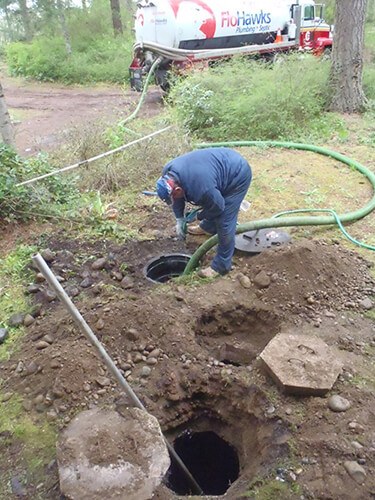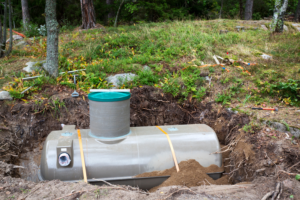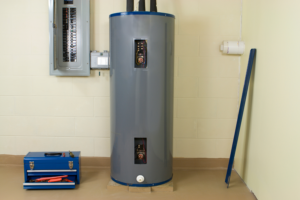 Knowing where your septic tank is located on your property is an important part of regular maintenance. Eventually, all septic tanks will require regular inspections and pumping to stay in good working order. Improper maintenance of an onsite septic system can reduce the lifespan of the system and could create a health hazard.
Knowing where your septic tank is located on your property is an important part of regular maintenance. Eventually, all septic tanks will require regular inspections and pumping to stay in good working order. Improper maintenance of an onsite septic system can reduce the lifespan of the system and could create a health hazard.
But septic tanks may be hard to find, and could best be left for the experts to deal with. Don’t worry – the professionals at FloHawks can help you locate each of the components of your septic system.
A Word Of Caution
There are several hazards associated with locating your septic tank, which is why it is best left to the professionals. Be on the lookout for old or collapsing septic systems – falling into a cesspool, septic tank, or drywall can be fatal. Watch out for evidence of tanks in poor condition, sinking soil, rusted-through septic tank covers, homemade wooden or flimsy tank covers. Beware of bacterial or viral infections from unsanitary conditions if you remove the lids yourself.
Records Search
Try the easiest option first. A diagram of your septic system (known as an “as-built”) may be included as part of your home inspection when you purchase a property. Usually, these diagrams depict the location of the tank on the property, along with some dimensions that allow you to measure to the exact spot. (Don’t forget that landmarks might change throughout the years depending on when the tank was installed!) If you can’t find your “as-built,” you may be surprised to learn that someone else may know where it is located. Most counties retain permit records of septic tank installations by address. You can also check with your local health department. If you cannot find an as-built diagram, further investigation is necessary.
Locate The Septic Tank Outside
Since septic tanks used to be installed to be as inconspicuous as possible, so after some time has passed and the grass has grown, it can be hard to see the visual clues that indicate where your septic tank was installed. As you walk your property, any unexplained high or low spots may indicate a buried tank or drainfield. Most septic tanks are around 10-25 feet away from your home but are not closer than 5 feet. In most cases, all components of the septic tank are buried between 4 inches and 4 feet underground.
Finding The Sewer Outlet Pipe
If there are no obvious visual clues in your yard, you can try to find where the sewer outlet/clean out pipe exits your home. If your home has an unfinished basement, you can look to see where all the pipes come together and go out the basement wall. Look for access covers, a box-style cover, or a structure that may be hiding the sewer outlet pipe. Many times your tank will be outside of your house 10-25 feet in front of this pipe. Sometimes the septic drain line will take a turn, so the tank may also be located around the corner of the building.
If you’ve located your tank, it’s time to call in the professionals. Opening up a septic tank is dangerous and can require specific lifting tools to remove. We do not recommend attempting to open the tank yourself.
Once you determine where your septic system is located, be sure to keep good records! It will save you headaches down the road and it will be helpful when it’s time for your next regularly scheduled septic tank maintenance.
Call FloHawks at 800-356-4295 or fill out a form online to schedule your service.











